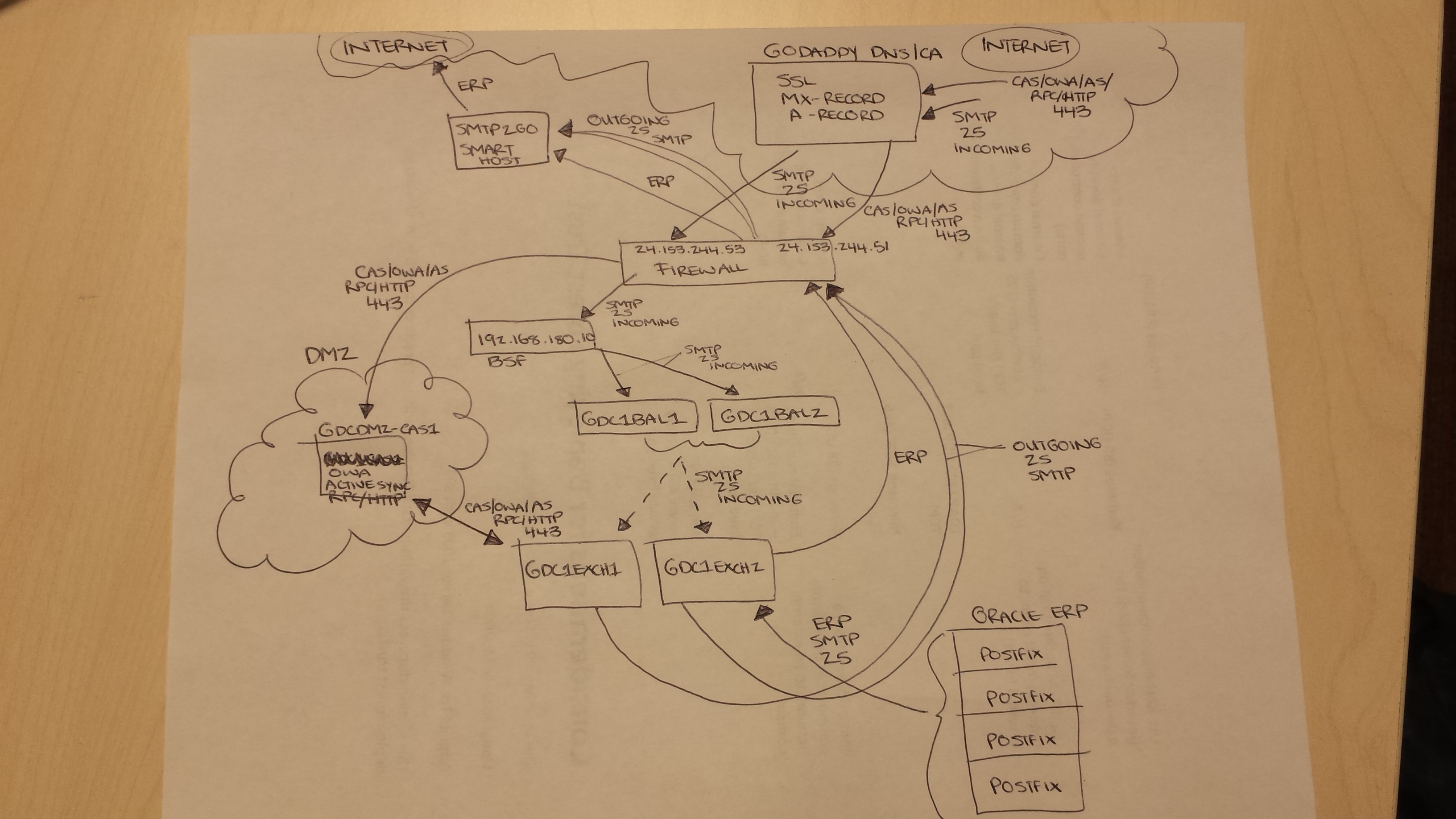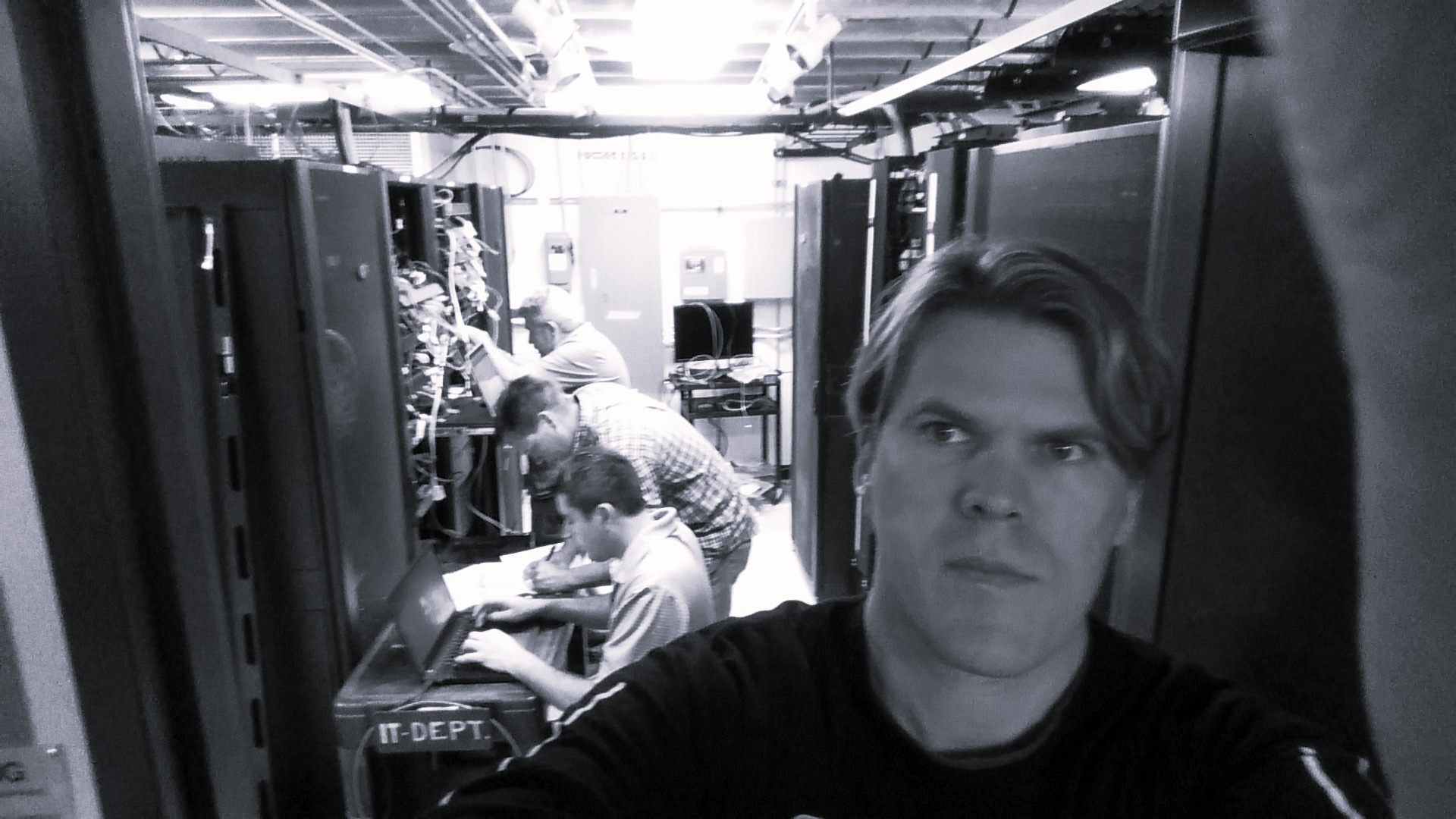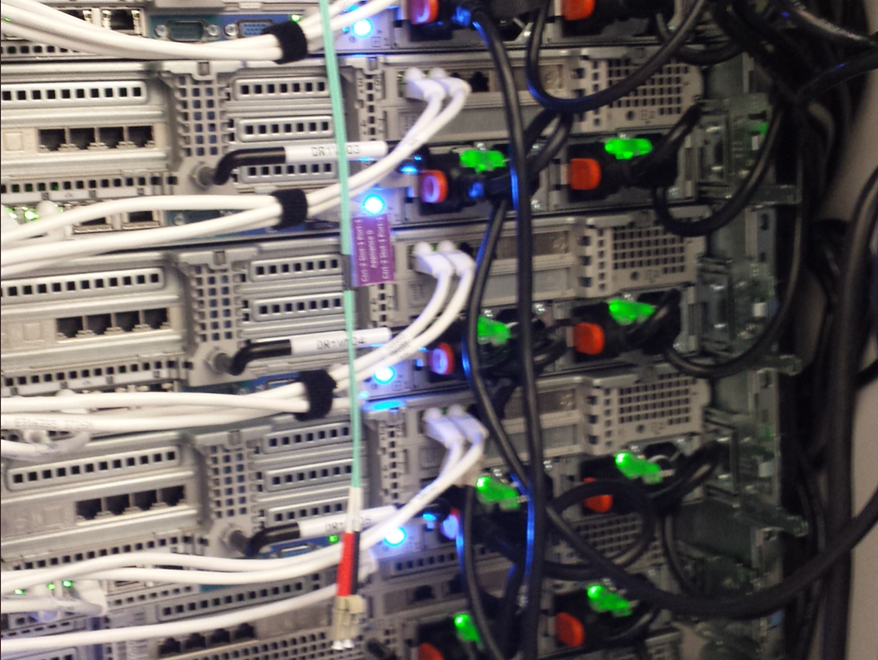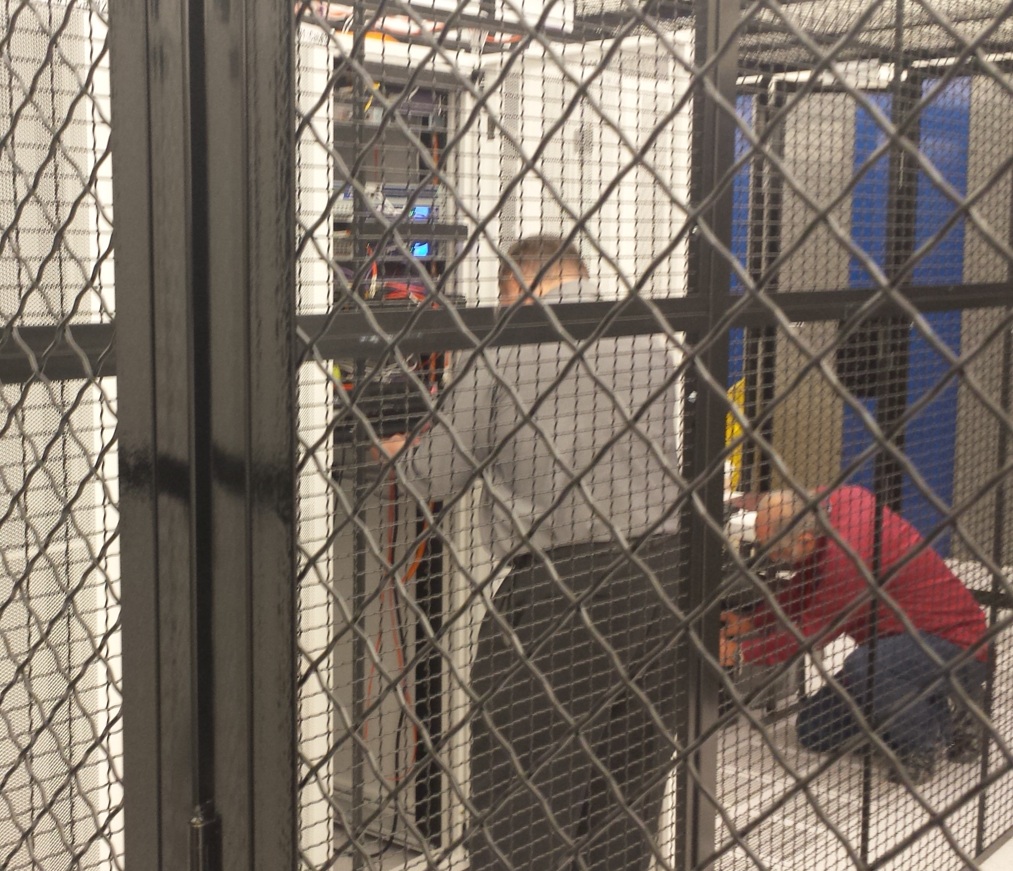How Do You Relocate an Entire Physical Datacenter Without Breaking a Single Packet?
Project Overview
Role: Infrastructure Manager & Program Lead Timeline: 3 months (Jan – Mar 2015)
Platform: Oracle ERP, SAN/NAS Storage, VMware Virtualization
Impact: Seamless migration of GDC Technics’ entire datacenter from San Antonio to Austin, TX — zero downtime, zero data loss, 100% success
Executive Summary In 2019, I led one of the most sensitive and complex infrastructure projects in GDC Technics’ history: a full physical datacenter migration from San Antonio to Austin, Texas. This wasn’t a lift-and-shift — it was a strategic move to future-proof the business for cloud readiness, scalability, and operational resilience.
With Oracle ERP, SAN/NAS storage arrays, and a sprawling VMware footprint in play, the stakes were high. Multiple teams, mission-critical systems, and zero tolerance for downtime. I ran this like a product — with stakeholder alignment, phased delivery, and obsessive attention to risk. The result? A flawless migration that became the blueprint for future infrastructure strategy.
The Problem Space GDC Technics was preparing for a cloud-first future, but its legacy datacenter was holding it back:
Aging infrastructure in San Antonio with limited scalability
Physical constraints and rising maintenance costs
Fragmented systems across ERP, storage, and virtualization
No disaster recovery alignment with future cloud strategy
We needed to move — not just physically, but strategically. The Austin facility offered better connectivity, security, and proximity to cloud partners. But the migration had to be invisible to the business.

Project Constraints
Mission-critical Oracle ERP with 24/7 operational dependencies
SAN/NAS arrays with terabytes of sensitive data
VMware clusters supporting production workloads
No downtime allowed — not even for testing
Cross-functional teams across IT, security, finance, and operations
Discovery & Planning
Asset Inventory & Dependency Mapping I led a full infrastructure audit:
Mapped every server, VM, storage volume, and network route
Identified interdependencies across ERP, file systems, and virtualization layers
Created a migration matrix with risk scores and fallback plans
Stakeholder Engagement I ran discovery sessions with:
ERP owners to understand business continuity needs
Security teams to validate compliance and data handling
Finance and ops to align on timing and impact
Migration Strategy We rejected the “big bang” approach and designed a phased migration:
Parallel infrastructure stood up in Austin
SAN/NAS replication configured for real-time sync
VMware hosts mirrored and tested in isolation
Final cutover executed during a controlled change window
Key Execution Decisions
Decision 1: Treat Migration as a Product I built a roadmap with:
Milestones, dependencies, and stakeholder checkpoints
Jira boards to track every task across teams
Weekly standups and executive updates
Decision 2: Zero-Downtime Cutover We engineered a cutover plan that:
Used SAN replication to pre-stage data
Leveraged VMware vMotion for live VM migration
Validated ERP functionality in Austin before switching DNS
Decision 3: Communication as Risk Mitigation I created a comms plan that:



Informed every stakeholder of timing, impact, and fallback
Included runbooks for support teams
Delivered post-migration validation reports to leadership
Implementation & Validation
Technical Execution
SAN/NAS replication achieved 99.99% sync accuracy
VMware hosts migrated with zero packet loss
Oracle ERP validated with full transaction integrity
Network routes updated and tested across all endpoints
Validation
Smoke tests across ERP, storage, and VMs
Security audit passed with zero findings
Business continuity confirmed by operations
Results & Impact
Entire datacenter migrated in 3 months
Zero downtime across all systems
- 100% data integrity0 support tickets post-migration
Full alignment with cloud readiness roadmap
Lessons Learned
Infrastructure Is a Product Managing this migration like a product — with roadmaps, rituals, and retros — created clarity and velocity.
Risk Lives in Silence The biggest threat wasn’t technical — it was miscommunication. Proactive stakeholder engagement neutralized it.
Success Is Invisible No one noticed the migration. That’s the point. Operational excellence means the business keeps moving without knowing what changed.
What’s Next
Cloud migration strategy built on Austin datacenter foundation
Disaster recovery aligned with hybrid cloud architecture
Infrastructure-as-code rollout for future provisioning
Monitoring and observability upgrade post-migration
This wasn’t just a datacenter move. It was a masterclass in infrastructure leadership, cross-team orchestration, and product-minded execution. At GDC Technics, we didn’t just migrate hardware — we migrated confidence.


